Diabetes Device Choices
Overview
Sensor & Injections
Freestyle Libre 3 & Syringe
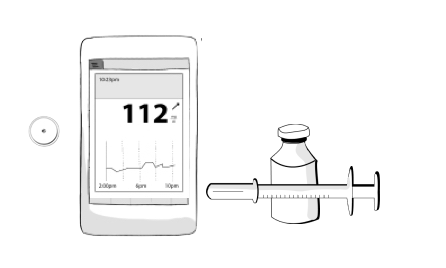
If you don't like having stuff on your body but want glucose data at a glance, the Freestyle Libre is the smallest sensor option.
*Libre 3 is the most current model, now with alerts. Libre 1 and 2 may still be available to you. Ask your provider.
Sensor & Smart Pump
Beta Bionics iLet
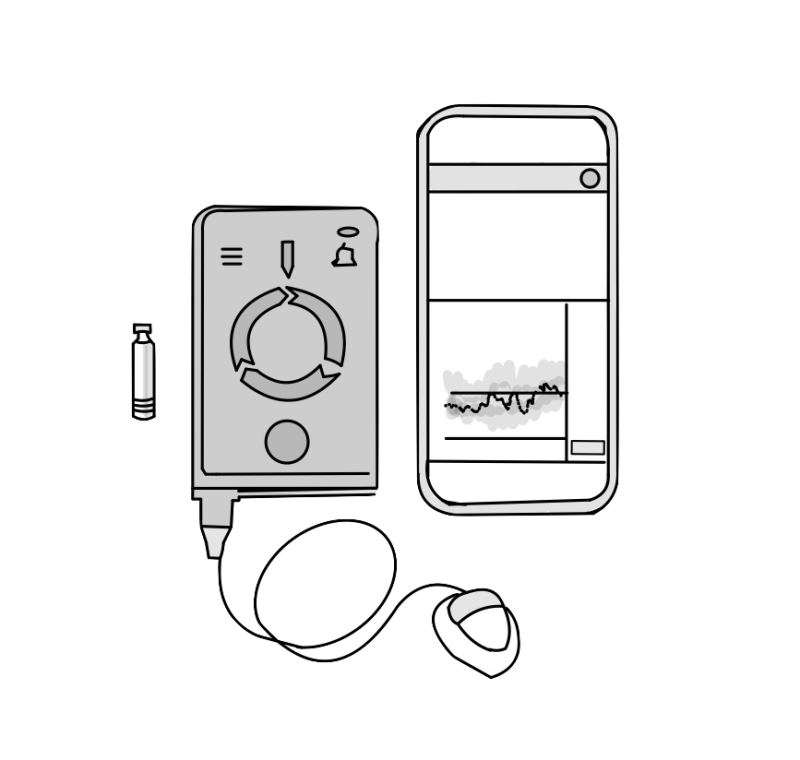
The Beta Bionics iLet system determines 100% of all insulin doses and requires very little input from the user.
- iLet Pump + Dexcom Sensor
Priority: Overall
Next Steps

You're going to do great on the devices you choose
Talk to your provider to get a prescription. Advocate for yourself with a list of reasons why you believe it is best for your lifestyle.
Talk to the device companies about the device you want and if your insurance will cover it. They can help with this.
Many insurance companies require documentation of different qualifications before approving diabetes device coverage. every insurance company is different but some common qualifications include checking your blood sugar 4-6 times per day or having frequent low blood sugars. Understanding what qualifications are necessary for device coverage before starting the approval process can make things a lot easier.
Visit https://diabeteswise.org/resources/getting-treatment/qualify-for-insurance/ for more resources.
Questions for your Doctor
Freestyle Libre 3 & Syringe
Can I try this before I commit to it?
A lot of provider offices have sample devices you can touch and feel to get a sense of how they work. Some offices even have a trial device you can use for week to see how it works for you.
Beta Bionics iLet
Questions for your insurance
Many insurance companies require documentation of different qualifications before approving diabetes device coverage. Every insurance company is different, but some common qualifications include checking your blood sugar 4-6 times per day or having frequent low blood sugars. Understanding what qualifications are necessary for device coverage before starting the approval process can make things a lot easier.
Talk to the device companies
Freestyle Libre 3
Call Freestyle Libre and ask them about your coverage. Talk to your Doctor to get a prescription.
1-855-632 8658 Freestyle Libre WebsiteSyringe and Vial
Understand your cost at your local pharmacy.
Insulin Cost OverviewDexcom G6
Call Dexcom and ask them about your coverage. Talk to your Doctor to get a prescription.
1-888-738 3646 Dexcom WebsiteAdditional Resources
By Priorities
 Active Lifestyle
Active Lifestyle
 Avoiding Highs and Lows
Avoiding Highs and Lows
 Comfort
Comfort
 Easy Insulin Dosing
Easy Insulin Dosing
 Easy to Use
Easy to Use
 Fewer Fingersticks
Fewer Fingersticks
 Privacy
Privacy
Cost & Coverage
Freestyle Libre 3
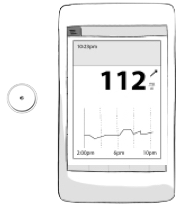
Dexcom G6
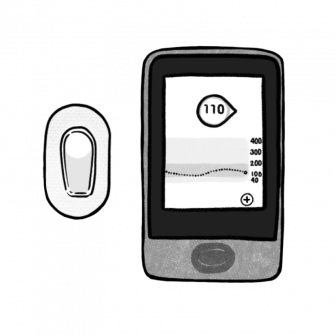
Glucose Testing Supplies
Sensors
Sensors
Transmitter
Receiver (1 time purchase)
Glucose Testing Cost Estimate
Startup $0 to $130
Monthly$0 to $70
Prices will vary based on insurance coverage. If you don't have any coverage this is the cheapest sensor.
Startup $80 to $239
Monthly $35 to $105
These prices vary by Insurance. Many insurers support the G6 Dexcom. It may be covered under durable medical goods or a pharmacy benefit.
Syringe and Vial
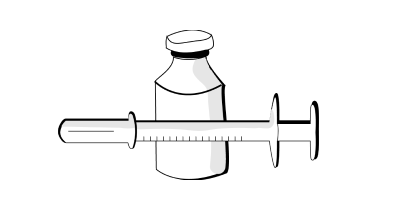
Insulin Dosing Supplies
Syringe ~$30 (Monthly)
Insulin $5 to $500 (Monthly)
Insulin Dosing Cost Estimate
The total amount depends hugely on how much insulin you use and what your insurance covers.



